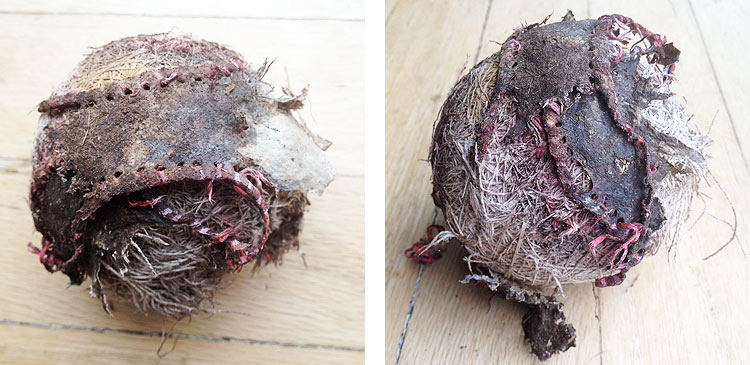Saving baseballs
September 25, 2013 by Coach McCreary
Filed under Coaching
A while back I wrote a three part post about the various Cardinal Sins of Baseball. The other day I identified another: Throwing out baseballs. I was walking around in a park during one of my son’s soccer practices and saw a couple baseballs in a trash can next to one of the baseball fields. I shook my head in disgust.
Growing up, baseballs were like gold and because you treated them as such, you NEVER threw one away. The only exception to this was possibly if your dad ran one over with the lawn mower and practically cut it in half. Even then we’d probably find a use for it.
I’ve always felt that the other teams can have the nice uniforms, field screens, batting cages, and the well manicured grass. I’ll focus on the baseballs. Give me a few buckets of baseballs and we’ll compete with anyone. That’s why I never threw out baseballs. You never have enough as it is. To give you an idea …
- Old gameballs go to the bullpen bucket for pitchers to warm-up with.
- Slightly damaged balls become BP balls
- Severely damaged balls become soft toss or tee balls.
- Balls with their covers ripped get taped over to become BP, toss, or tee balls. Athletic tape works best but I’m sure duct tape works fine too.
- Water logged balls (after dried out as best you can) become balls for infield partner drills (short hop drills, bare hand drills, etc.) where the weight of the ball isn’t a huge deal.
Incidentally, all other balls fit into this category as well. Tennis balls, raquet balls, “superballs”, golf balls, Whiffle balls, and all other types and sizes have value in a baseball setting if you use some creativity.
Note: Old habits die slowly. The two water-logged balls in the trash can are currently in my garage drying out. Unless my wife finds them they will be good to go in a month or two!
Tomorrow’s post: The Long-Hop Drill






Testing